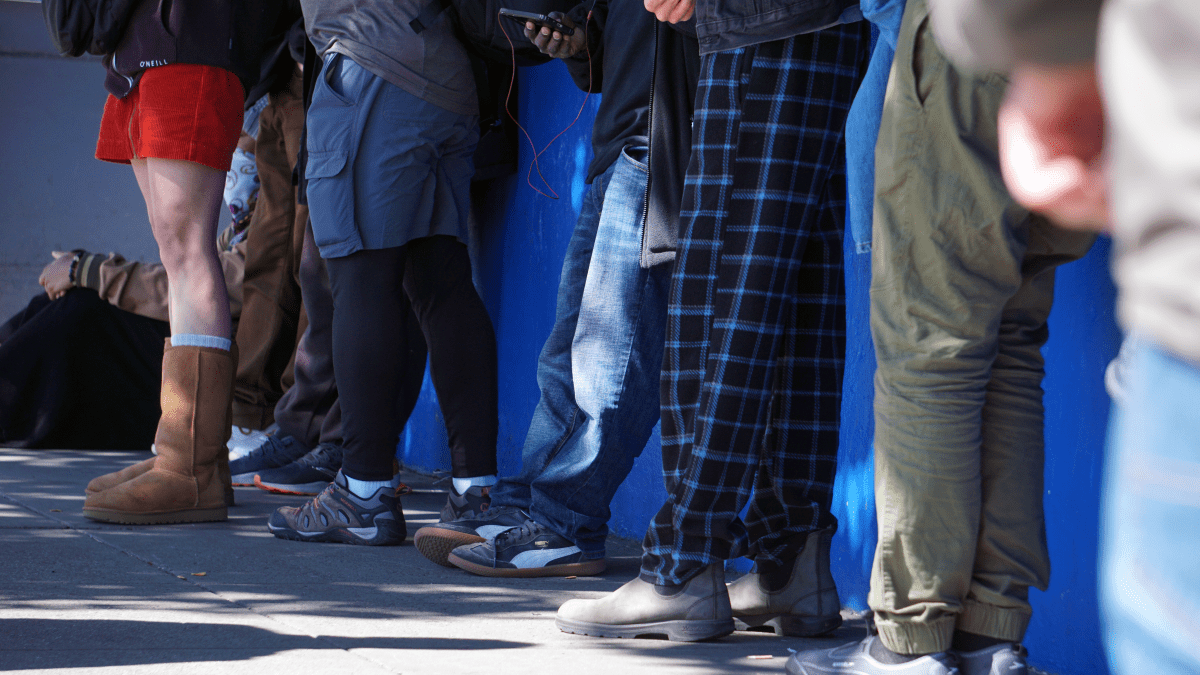Bay Area Counties Announce Plan to Reduce Homelessness by 75% by 2024

Local and state leaders, housing experts, businesses and social justice advocates from all nine Bay Area counties have united to create a Regional Action Plan that aims to house 75% of the area’s homeless population by 2024.
After a year of planning, the multi-pronged strategy was announced at a virtual news conference on Tuesday.
There, Santa Clara County Supervisor Cindy Chavez, state Assemblymember David Chiu, D-San Francisco, and leaders from All Home, the nonprofit that is leading this effort, conceded that this was an ambitious goal.
The Bay Area has more than 35,000 individuals living in the region’s streets, according to a 2019 U.S. Department of Housing and Urban Development report, and that number may have gone up since the pandemic’s start.
In three years, the goal is to bring that number down to 10,000 individuals.
“Anybody who’s lived in the Bay Area for any length of time knows that is a very audacious goal,” said Ken Kirkey, chief partnership officer at All Home. “But we believe it is achievable in part because the plan has an integrated approach with a simultaneous provision of things that in the past we have pitted against each other.”
The strategy has lots of moving parts but focuses on two main areas: creating more housing and preventing more people from falling into homelessness.
The Regional Action Plan, commonly referred to as RAP, has an initial focus on extremely low-income residents with an emphasis on racial equity.
“We actually are seeing more people fall into homelessness faster than we can rehouse them,” said Sherilyn Adams, executive director of the non-profit Larkin Street Youth Services. “Cost-effective investment and prevention can keep our families and our individuals stable and housed.”
To Adams and the rest of the coalition, that means providing accelerated cash payments, income-targeted rental assistance and other housing support from the state and federal level to people impacted by COVID-19.
To address the racial inequities, the coalition is calling on the state to create and expand practices to measure equity levels across California to observe progress and increase accountability for outcomes by tying funding to demonstrated progress toward closing disparities.
It also calls on counties to extend eviction moratoria for at least 60 days if the state’s moratorium, set to expire on June 30, is not extended.
The second major component of the RAP is actually getting people into interim or permanent housing.
The coalition plans to do this using what they call the 1-2-4 framework.
Essentially the plan outlines that for every one unit of interim housing built, there should be two units of permanent housing and four units of homeless prevention interventions to keep people housed.
“The one to four, that ratio is our analysis of the Bay Area homelessness population writ large,” Kirkey said. “When that is brought to a county level that might look different in Santa Clara County … than in Sonoma County.”
However, Kirkey said the coalition intends to work with individual counties to find a tailored approach.
All of the aforementioned ideas brought by the coalition are not new, but a regional, comprehensive plan with input and organizing from the Governor’s Office, local governments, philanthropic partners and many others is new, the leaders said.
And it could allow the region to be more fluid in the way that funding is used to address the trans-jurisdictional issue that is homelessness.
“By working together we’re going to be able to change the trajectory of a whole number of initiatives, including how we fund permanent supportive housing, how we fund the services that people need,” Chavez said.
All Home founder and CEO Tomiquia Moss said this is because counties can communicate and work together to find gaps in funding.
This is necessary because resources are often specifically tied to local or county jurisdictions and cannot to be shared across geographies, Moss said.
“Our region is interconnected, and we need to have our policies and systems be connected in a way that allows people to be served,” Moss said.
The coalition includes the mayors of San Francisco, Oakland and San Jose, local elected officials from all nine Bay Area counties, Facebook, Salesforce, Kaiser Permanente, Goodwill, and Destination Home, among many other partners.

